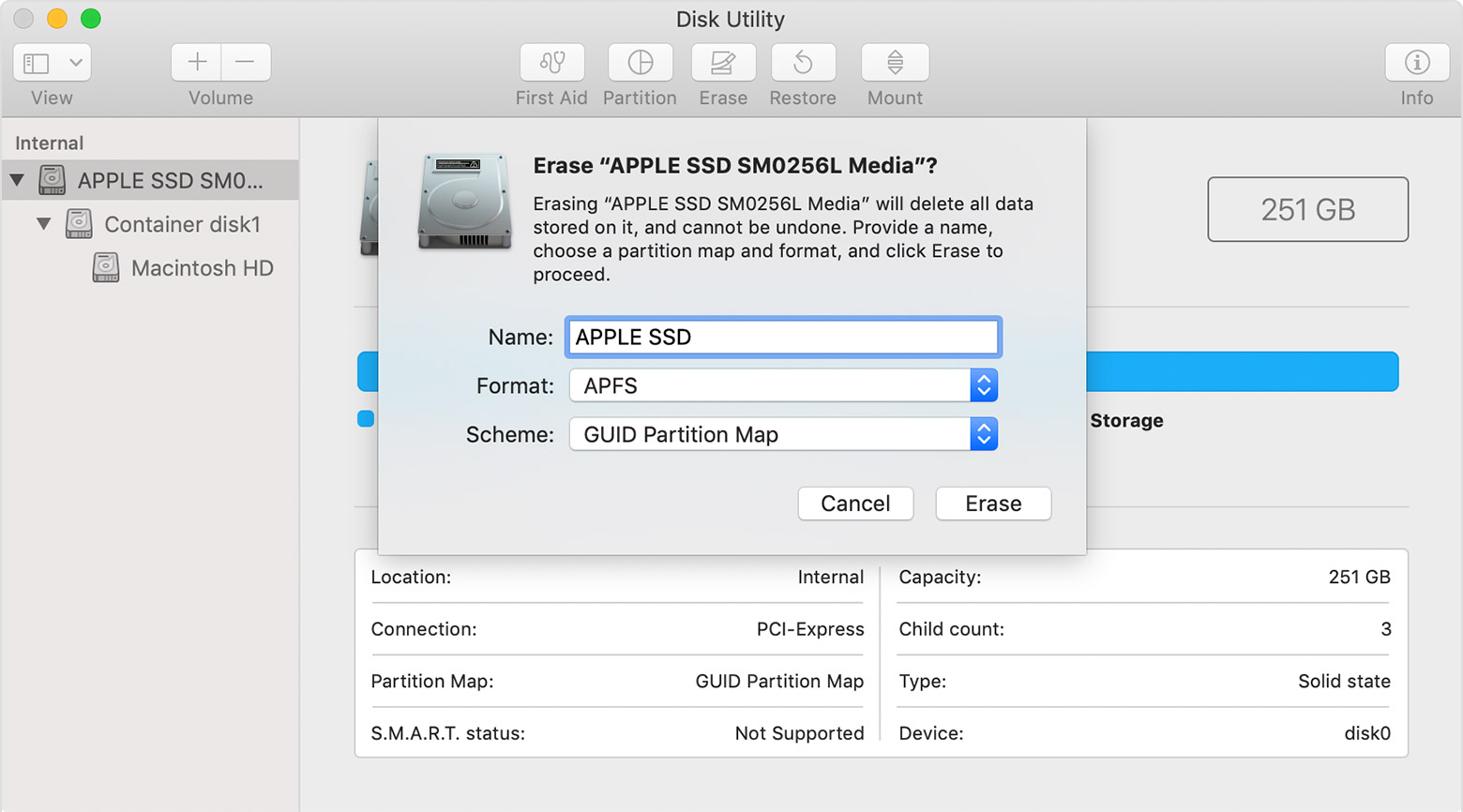


In that mode, when you choose to reinstall without erasing the drive, my recollection is that Recovery looks for the current OS system installer on your startup disk in the Applications folder, and uses that. That allows you to run Disk Utility, reinstall or wipe and install the system, access Terminal for command-line functions, and so on. Normally, you can start up a Mac while holding down Command-R to boot into what Apple now calls macOS Recovery. The article includes instructions on obtaining the installer, which might involve you having to use someone’s else Mac to download it, if you don’t have a replacement Mac on hand yet.īut if you can’t get access to another Mac or the necessary drive, it’s still possible to use a different Recovery mode on all recent Macs, dating back to 2010. Making a bootable installer with macOS Sierra (as well as archived versions for several previous releases). Recovery lets you install onto an erased partition, but only if Recovery wasn’t erased, too!īecause Recovery didn’t work, the fastest way to install fresh is to make or borrow a macOS installer on a USB flash drive or a disk drive.


 0 kommentar(er)
0 kommentar(er)
